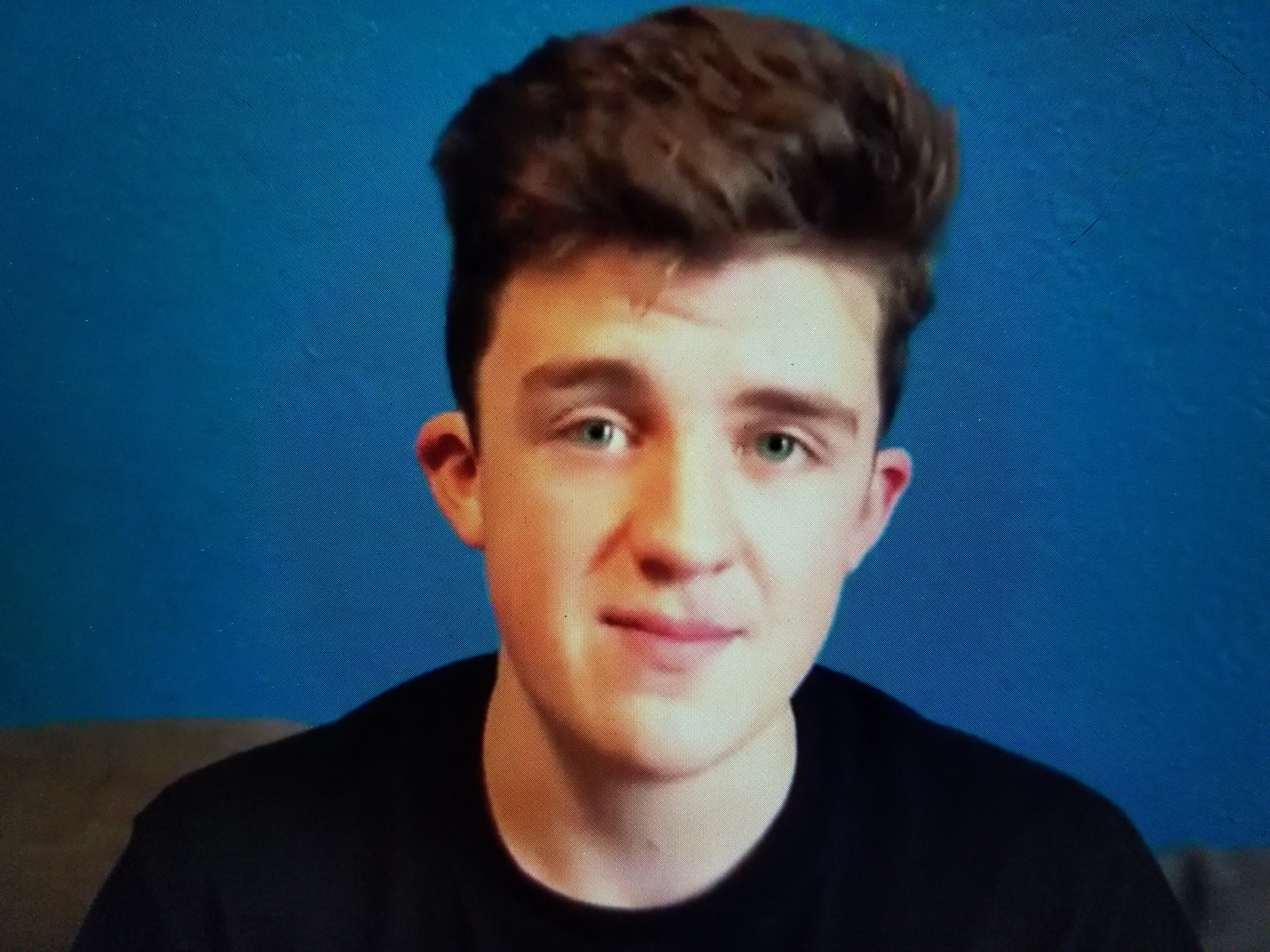Sing Less Breathy: 3 Important Things To Know
Unless you’re singing breathy on purpose (which can be a fun style choice at times), check out these three tools for how to sing less breathy!
If you’re more of a visual learner, check out the video below!
Supporting the sound
Supporting the sound is my favorite tool for singing less breathy. Supporting the sound is one of the most important elements of making sound, whether you sing, act, speak, teach, or use your voice in any essential capacity. It does sooo much more than just prevent excess breathiness, but that is just one of the many benefits to expect.
To support the sound, you will need to engage the core abdominal muscles by tucking them inward AS you make sound, and maintain that tuck the entire time you make sound. When you need another breath, relax that engaged abdomen so you can take a full breath, and then repeat that tucking action as you make sound. I tell my clients to think about having a tucked belly when making sound, and a relaxed belly when taking a breath.
To learn more about how to do this, check out this quick tutorial:
Focusing the sound
Focusing the sound is a super cool trick I learned in college that helps with singing less breathy in the classical singing voice. I’ll warn you, though, my instructions for how to do it can seem a little “woo-woo” to some! It’s largely achieved through visualization, so sometimes it can seem challenging to define more specifically.
I have been taught so many variations of visualizing this, but my favorite one and the one I use most often, is looking at the little webcam dot on a laptop or cell phone, and directing the sound toward that spot. So, instead of just singing with nowhere to specifically “send” the sound, imagine that your voice is shooting out of your forehead toward the tiny little camera dot on your laptop or phone. The ability to clearly visualize this happening does something magical to your sound; it helps it to sound less breathy and to be more pingy and clear.

I’m a pretty sensing/feeling kind of person and to me, it almost feels like the sound is being cut like a block of foam with a knife. And, weirdly, I can feel it in MY body when my clients are properly focusing their sound – even if we’re meeting online as opposed to in person.
My college professor used to tell me to imagine there’s a fishing line attached to the centermost hairs of my eyebrows that is tightly extended about 5 feet in front of me. She would ask me to imagine my sound is traveling on this fishing line and would even ask me to tell her what color my sound was. Weird as that may sound, being able to “see” the sound traveling on this imaginary fishing line with the specificity of a color made my visualization that much clearer to me. The clearer the visualization is, the easier it is to accomplish this seemingly odd little trick to sing less breathy.
Moving the sound more forward
I think of moving the sound more forward as the contemporary means to focus the sound, only it’s SO much easier to explain and execute!
When you are using the contemporary technique of mix and you find a little more breathiness in your sound than you would like, the easiest way to remove the excess air is to move the sound more forward. The easiest way to move the sound more forward is to scrunch your nose. Once you know intimately what it feels like to be more forward, you can stop scrunching your nose to get there, but the scrunch helps you to easier find a more forward space.
Also, sometimes an increase in volume helps to eliminate some of the breathy singing. The best combination is to use the mix technique in a more forward position with a little extra volume and some firm support to the sound.
Try out these tips for singing less breathy, and if you’d like feedback on one or more of them, I invite you to check out my TikTok LIVE Weekly Master Class where 3 singers each week have the opportunity to sing for my feedback and critique.




















Have a question or something to say? You'll hear back from me right away!